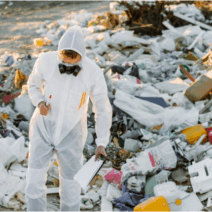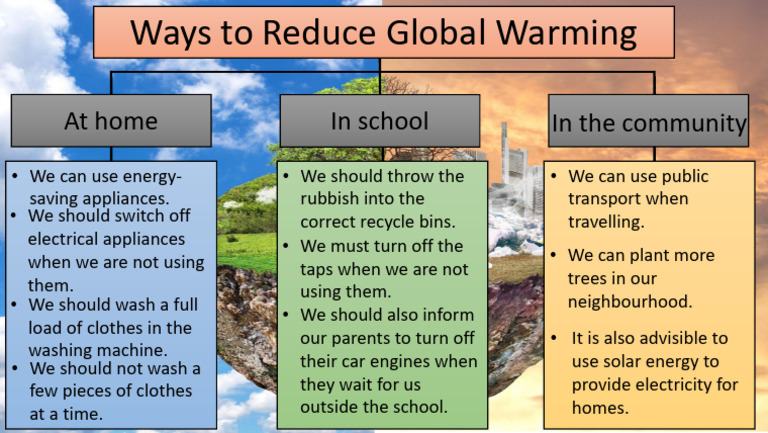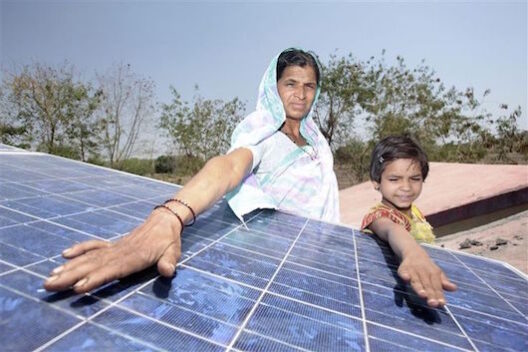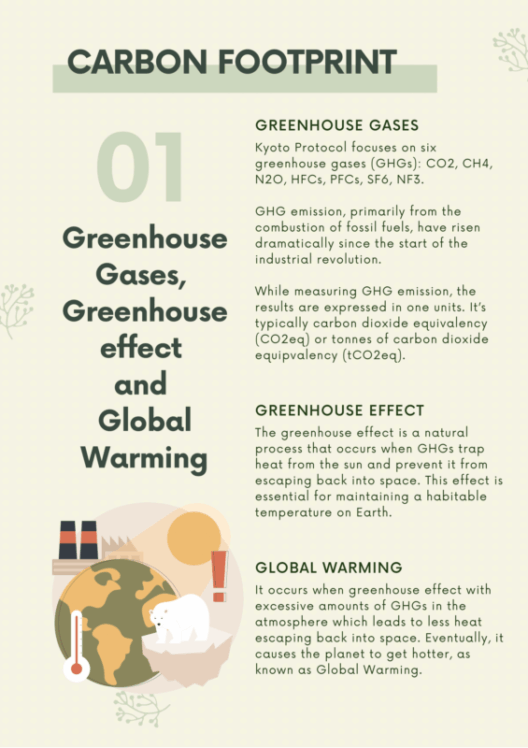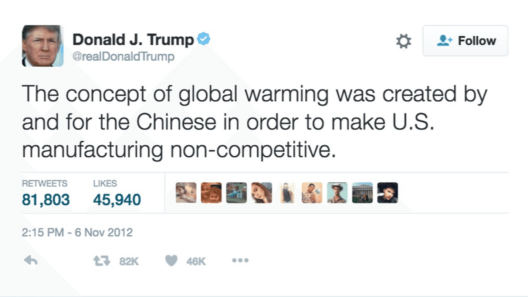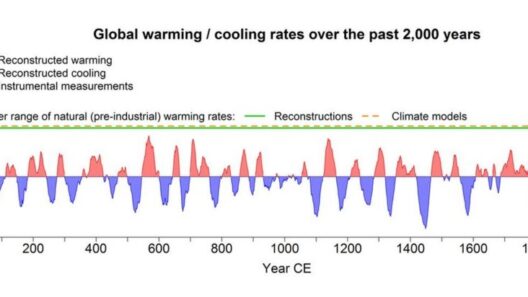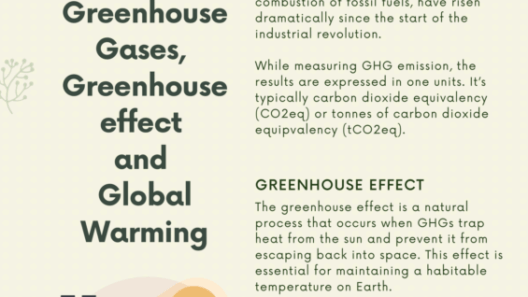The looming challenge of global warming necessitates immediate action from all sectors of society, prompting an urgent reassessment of our strategies to avert environmental calamity. This discourse outlines various methodologies aimed at mitigating and effectively slowing the progression of climate change. A mix of policy initiatives, technological advancements, public awareness campaigns, and individual actions form a comprehensive approach to tackle this critical issue.
Firstly, we must emphasize the role of renewable energy sources in curbing greenhouse gas emissions. Transitioning from fossil fuels to renewables such as solar, wind, and hydroelectric power stands out as an exemplary strategy. By harnessing natural resources, we can significantly decrease our reliance on coal and oil. These renewable technologies are becoming increasingly viable as innovation drives down costs. Communities and governments alike should incentivize investments in clean energy infrastructure to facilitate this shift.
In tandem with embracing renewable energy, enhancing energy efficiency in homes, businesses, and industries is paramount. This entails retrofitting buildings with superior insulation, adopting energy-efficient appliances, and utilizing smart technologies that optimize energy consumption. Not only do these measures reduce emissions, but they also yield financial savings for consumers and businesses, creating a win-win scenario.
Transportation also represents a critical domain in the fight against global warming. A seismic shift towards sustainable transportation options, such as electric vehicles (EVs) and public transit systems, will significantly diminish carbon footprints. Governments can facilitate this transition by investing in charging infrastructure and promoting policies that favor sustainable transport. Furthermore, encouraging alternative modes of transport—like cycling and walking—can contribute to reduced emissions, improve public health, and foster safer communities.
Preservation and restoration of natural ecosystems are crucial as well. Forests and wetlands serve as carbon sinks, absorbing atmospheric carbon dioxide. Initiatives aimed at reforestation and afforestation can enhance these ecosystems’ capacities, while the conservation of existing natural habitats protects biodiversity and resilience against climatic changes. The intersection of biodiversity conservation and climate change mitigation is a pivotal aspect often overlooked, yet it affords a holistic approach to atmospheric stabilization.
On an industrial level, adopting sustainable agricultural practices plays a vital role in reducing emissions. Techniques such as agroforestry, crop rotation, and organic farming not only sequester carbon but also enhance soil health and food security. A considerable portion of global greenhouse gas emissions can be attributed to agriculture; thus, transforming our food production systems is both an ethical and a practical necessity. Furthermore, reducing food waste—an issue not limited to production—can significantly lower overall emissions, as wasted food also equals wasted resources and energy.
Waste management strategies also warrant examination. Transitioning to a circular economy, where products are designed with their life cycles in mind, minimizes waste and maximizes resource efficiency. Composting organic materials and recycling can substantially reduce methane emissions from landfills and conserve energy. Encouraging communities to adopt zero-waste lifestyles fosters a culture of sustainability, and emphasizes the importance of responsible consumption patterns.
Behavioral change among individuals remains a cornerstone of global warming prevention strategies. It is imperative to promote awareness and education regarding the impacts of climate change and the importance of individual action. Simple changes in lifestyle—such as reducing meat consumption, conserving water, and utilizing public transport—can collectively lead to substantial reductions in carbon emissions. Grassroots movements play a critical role in this educational effort, mobilizing communities to engage in eco-friendly practices actively.
International cooperation and policy formulation are equally integral to combating climate change. The elaboration of robust climate policies—such as carbon pricing, emissions trading schemes, and legislative mandates—pushes corporations and individuals to adhere to sustainable practices. International agreements like the Paris Accord illustrate the significance of collective action, compelling nations to align their efforts towards common climatic goals.
Investments in research and development for innovative technologies are also essential. Carbon capture and storage (CCS) technologies, for instance, hold promise in directly removing CO2 from the atmosphere. Furthermore, breakthroughs in renewable energy storage solutions can alleviate the intermittent nature of solar and wind power. As these technologies mature, they will empower societies to advance significantly toward ambitious sustainability targets.
In the arena of education, integrating climate science into curricula at all educational levels can empower future generations. Cultivating a sense of responsibility toward environmental stewardship among youth can generate a ripple effect, leading to profound societal change. By embedding sustainability into everyday discourse, societies reinforce the importance of proactive engagement against climate challenges.
Lastly, fostering a culture of accountability and transparency in both private and public sectors is critical. Companies should be held to higher standards of environmental reporting, ensuring that consumers can make informed choices regarding their purchases. Stakeholders must work toward a clear and standardized framework for measuring and reporting carbon footprints, instilling a sense of responsibility across all sectors.
In conclusion, preventing and slowing down global warming requires a multifaceted approach, incorporating diverse strategies ranging from renewable energy adoption and sustainable transportation to conservation efforts and individual accountability. It is imperative for all sectors to collaborate, innovate, and educate to forge a resilient future amidst the threats posed by climate change. By harnessing the collective will and ingenuity of societies worldwide, we can create a sustainable world for generations to come.
